Delivery Service Like Uber
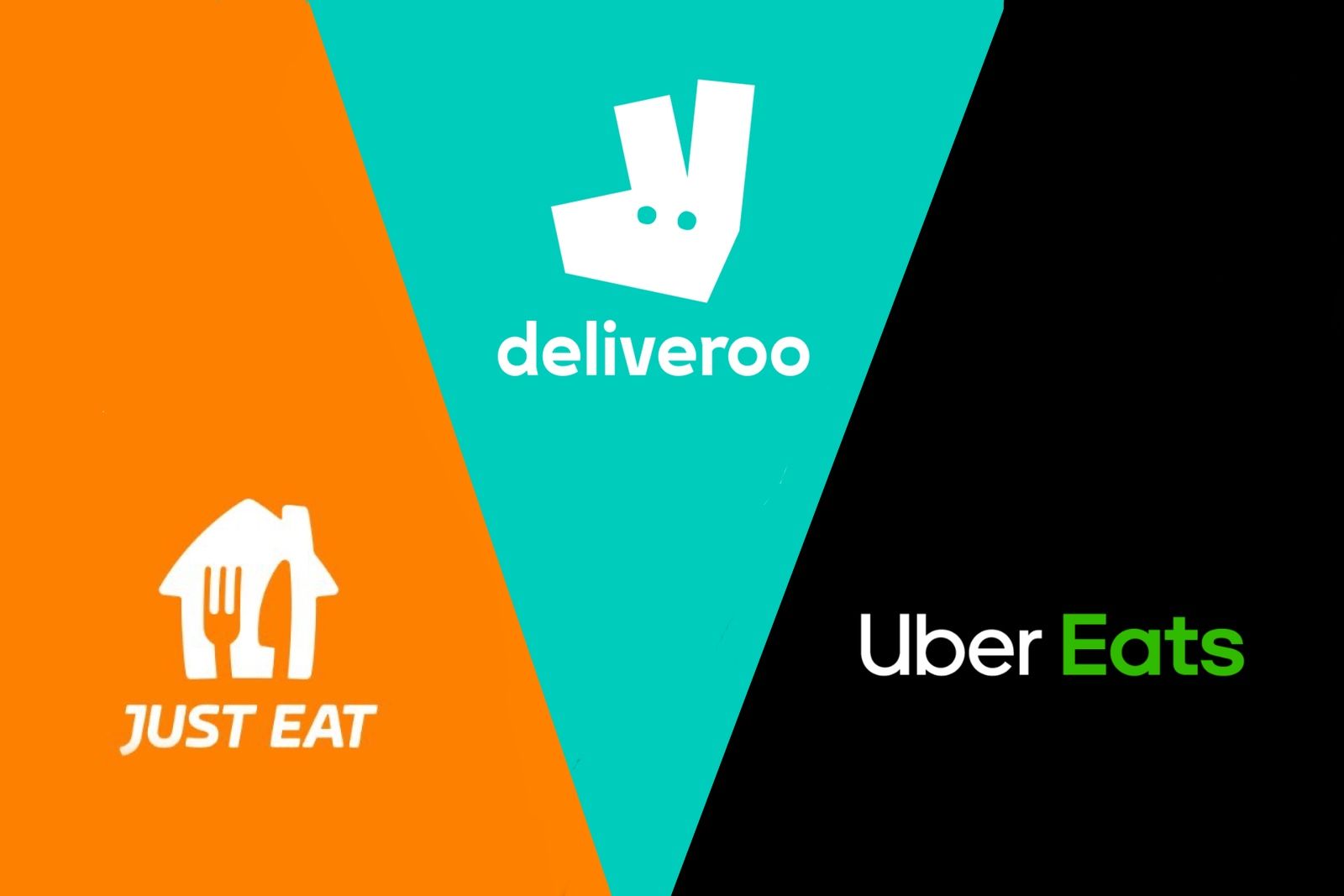
In today's fast-paced world, the demand for convenient and efficient delivery services has skyrocketed. Consumers are increasingly opting for the ease and flexibility offered by on-demand delivery platforms, leading to a surge in the popularity of delivery apps akin to Uber's model. These platforms have revolutionized the way goods and services are delivered, providing a seamless experience for both customers and businesses. As a result, many entrepreneurs and established businesses alike are keen to understand the intricacies of building a successful delivery service akin to Uber.
Understanding the Uber Delivery Model
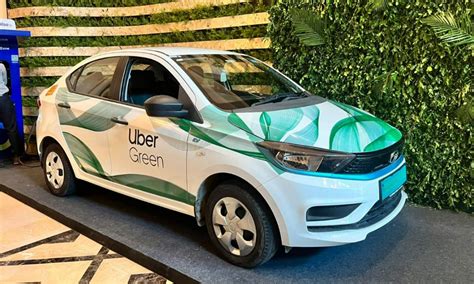
Uber, a pioneer in the ride-sharing industry, has successfully expanded its operations to include delivery services. Uber Eats, their food delivery platform, has become a household name, and their success has inspired countless startups and businesses to venture into the delivery space.
The key to Uber's delivery model lies in its ability to seamlessly connect customers with a vast network of delivery partners. By leveraging technology, Uber has created a highly efficient and scalable system. The platform allows users to place orders with ease, track their deliveries in real-time, and enjoy a personalized experience.
The success of Uber's delivery service can be attributed to several key factors, including its user-friendly interface, reliable tracking system, and a vast network of delivery partners. By understanding these elements, businesses can replicate Uber's success and create their own thriving delivery platforms.
Key Components of a Successful Delivery Service
- User-Centric Design: A well-designed user interface is crucial for the success of any delivery platform. It should be intuitive, allowing users to place orders with minimal effort. A clean and organized layout, along with clear instructions, ensures a positive user experience.
- Real-Time Tracking: Customers appreciate the ability to track their deliveries in real-time. This feature not only provides peace of mind but also enhances the overall experience. By implementing a robust tracking system, businesses can offer transparency and build trust with their customers.
- Efficient Partner Management: A vast and well-managed network of delivery partners is essential. The platform should be able to assign orders efficiently, considering factors like proximity, availability, and partner ratings. A robust partner management system ensures timely deliveries and satisfied customers.
Building a Delivery Platform: A Step-by-Step Guide
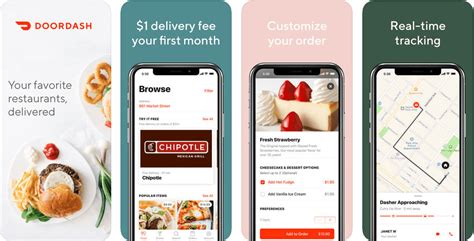
Developing a delivery service like Uber requires careful planning and execution. Here’s a comprehensive guide to help you navigate the process.
Step 1: Market Research and Planning
Before diving into development, it’s crucial to conduct thorough market research. Identify your target audience, understand their needs and preferences, and analyze the competitive landscape. This step will help you define your unique value proposition and develop a robust business strategy.
Additionally, consider the regulatory and legal aspects of your industry. Different regions may have varying rules and regulations governing delivery services. Ensure you comply with all relevant laws to avoid any legal pitfalls.
Step 2: Platform Development
The development phase is where your delivery platform takes shape. Here’s a breakdown of the key components to consider:
- User Interface Design: Work with experienced designers to create an intuitive and visually appealing interface. Ensure the design is consistent across all platforms (web, mobile, and app) for a seamless user experience.
- Order Management System: Develop a robust order management system that can handle a high volume of orders efficiently. This system should be able to track orders, manage inventory, and provide real-time updates to customers.
- Partner Management: Build a comprehensive partner management system that allows you to onboard, manage, and communicate with your delivery partners effectively. This system should include features like partner ratings, availability tracking, and efficient order assignment.
- Payment Gateway Integration: Integrate a secure and reliable payment gateway to handle transactions. Ensure your platform supports multiple payment methods to cater to a diverse range of customers.
Step 3: Testing and Launch
Before launching your delivery platform, thorough testing is essential. Conduct extensive beta testing to identify and resolve any bugs or issues. Seek feedback from a small group of users to gather valuable insights and make necessary improvements.
Once your platform is ready, choose a strategic launch date and create a buzz around your service. Utilize marketing strategies such as social media campaigns, influencer partnerships, and referral programs to generate interest and attract your target audience.
Growing Your Delivery Business
Launching your delivery service is just the beginning. To thrive in a competitive market, continuous growth and innovation are key. Here are some strategies to consider:
Expanding Your Service Offerings
Diversify your service offerings to cater to a wider range of customers. Consider adding new delivery categories, such as grocery delivery, pharmacy services, or even niche markets like pet supplies. By expanding your services, you can attract a larger customer base and increase your market share.
Enhancing the User Experience
Invest in continuous improvement to enhance the overall user experience. Regularly seek feedback from your users and implement their suggestions. Consider adding new features, such as personalized recommendations, loyalty programs, or special promotions, to keep your platform engaging and competitive.
Building a Strong Partner Network
A robust partner network is crucial for the success of your delivery service. Continuously onboard new partners and provide them with the necessary training and support. Offer incentives and rewards to encourage high-quality service and loyalty. By building a strong partner network, you can ensure timely deliveries and maintain a high level of customer satisfaction.
Future Trends and Innovations
The delivery industry is constantly evolving, driven by technological advancements and changing consumer preferences. Here’s a glimpse into the future of delivery services:
Autonomous Delivery Vehicles
The use of autonomous vehicles for deliveries is gaining traction. Companies are exploring the use of drones, robots, and self-driving cars to streamline the delivery process. While still in its early stages, this technology has the potential to revolutionize the industry, offering faster and more efficient deliveries.
AI-Powered Logistics
Artificial Intelligence (AI) is set to play a significant role in optimizing delivery routes and managing logistics. AI algorithms can analyze vast amounts of data to optimize delivery routes, predict demand, and improve inventory management. This technology will enhance efficiency and reduce costs for delivery businesses.
Sustainable Delivery Practices
With growing environmental concerns, sustainability is becoming a key focus for delivery services. Businesses are adopting eco-friendly practices, such as electric vehicles, reusable packaging, and optimized routing to reduce their carbon footprint. Consumers are increasingly favoring sustainable delivery options, making this an important trend to consider.
| Delivery Category | Growth Potential |
|---|---|
| Grocery Delivery | High |
| Pharmacy Services | Moderate |
| Pet Supplies | Growing |
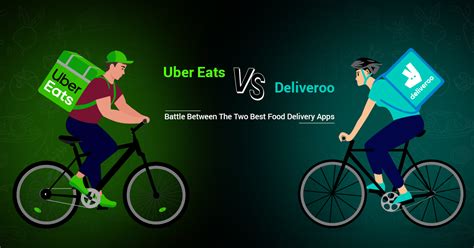
Conclusion
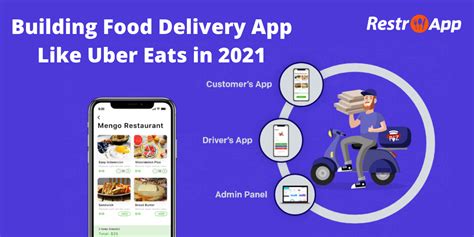
Building a successful delivery service like Uber requires a combination of strategic planning, innovative thinking, and a customer-centric approach. By understanding the key components of a successful delivery platform and staying abreast of industry trends, you can create a thriving business that meets the evolving needs of your customers. Embrace the challenges and opportunities, and you’ll be well on your way to delivering an exceptional service.
How can I ensure a positive user experience on my delivery platform?
+To create a positive user experience, focus on intuitive design, seamless navigation, and real-time updates. Regularly seek user feedback and implement their suggestions to continuously improve the platform.
What are some challenges I might face when building a delivery service like Uber?
+Common challenges include managing a large network of delivery partners, ensuring timely and accurate deliveries, and staying competitive in a rapidly evolving market. It’s crucial to have a robust operational strategy and adapt to changing consumer preferences.
How can I differentiate my delivery service from competitors?
+Differentiation can be achieved through unique value propositions, such as offering specialized delivery services, providing excellent customer support, or implementing innovative technologies. Focus on what sets your service apart and communicate it effectively to your target audience.



